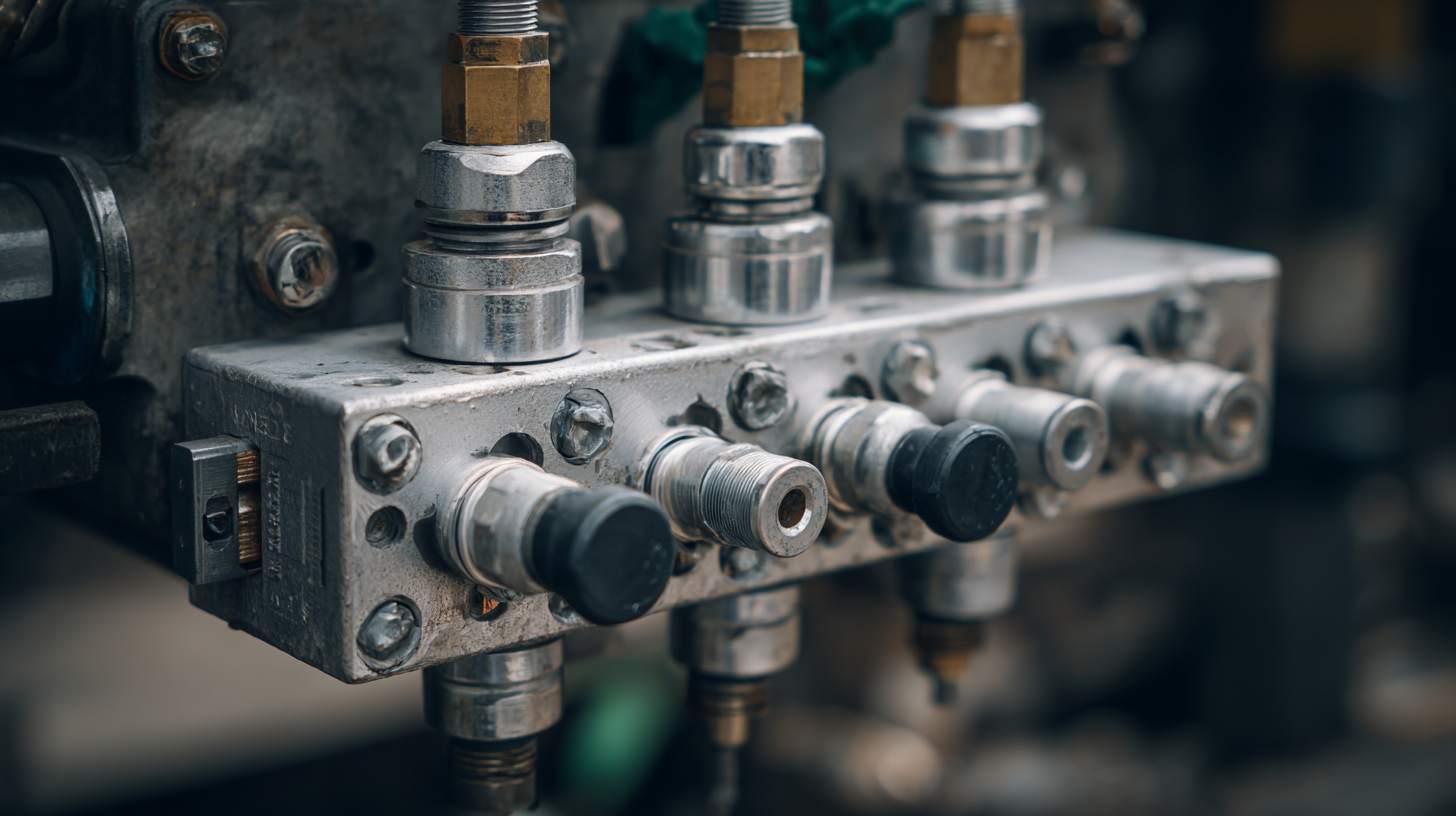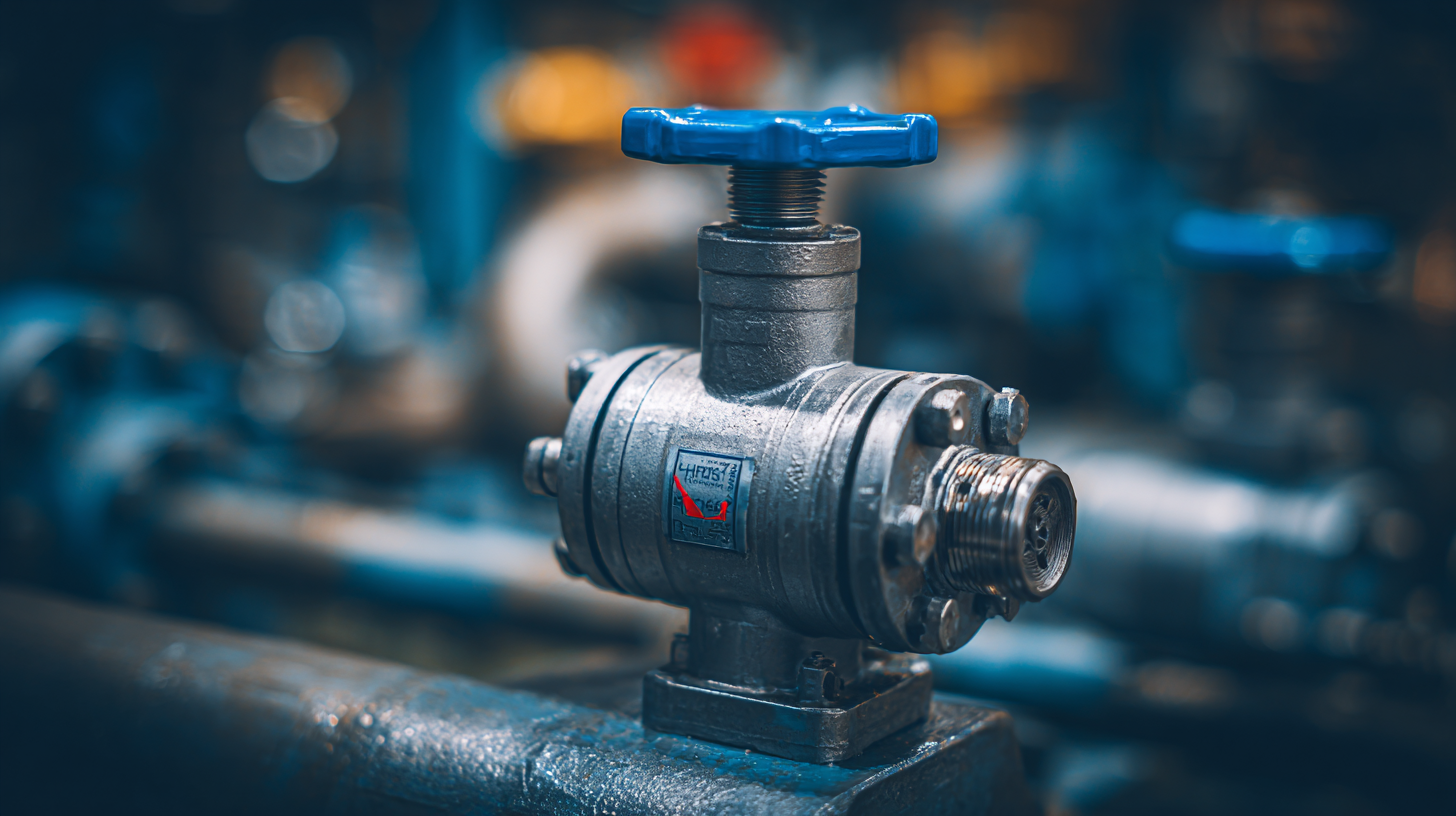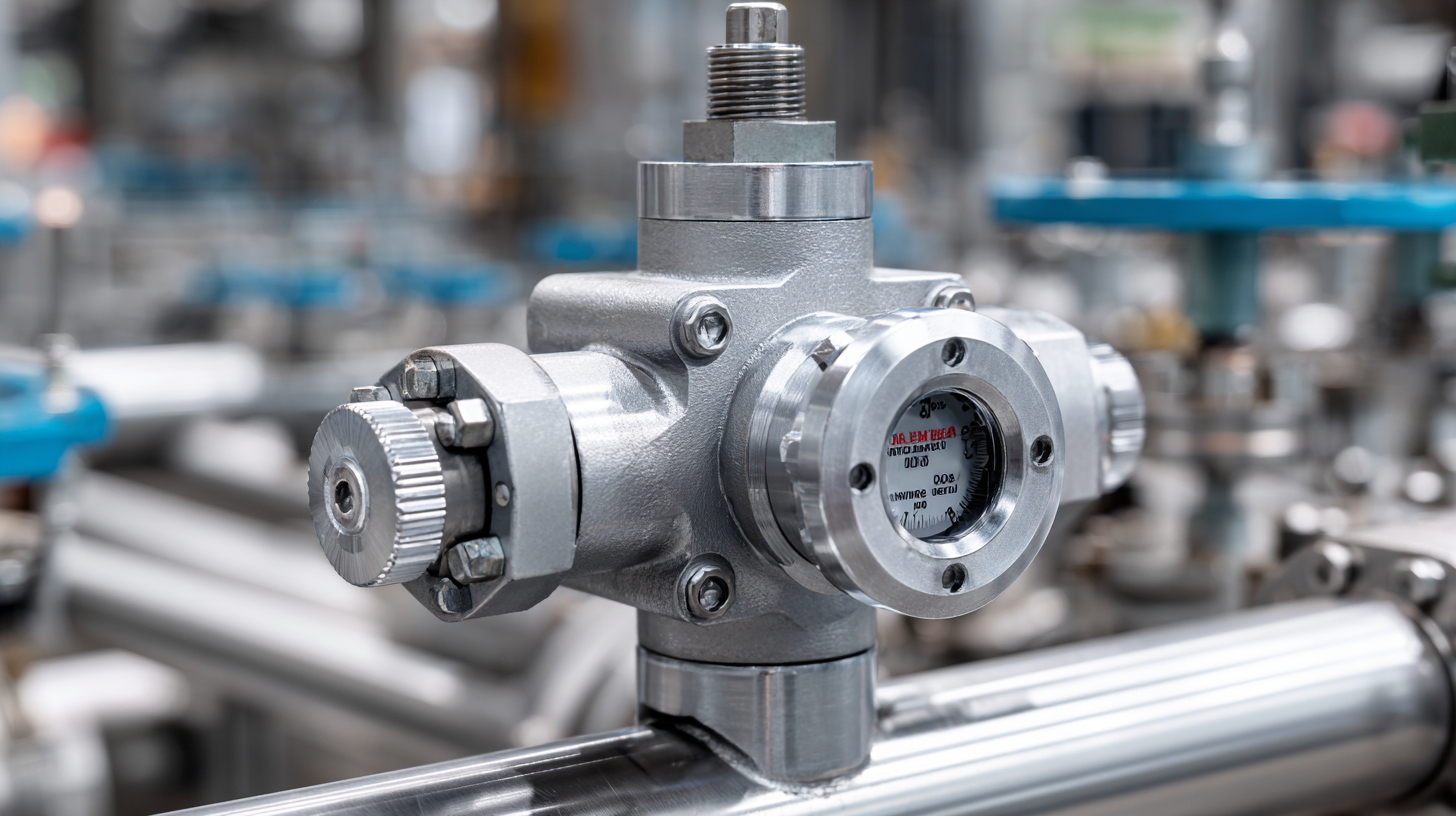How to Select the Best Pneumatic Valve for Your Industrial Applications
In the rapidly evolving landscape of industrial automation, the selection of the appropriate pneumatic valve has become a critical factor for operational efficiency and reliability. According to a report by ResearchAndMarkets, the global pneumatic valve market is projected to grow at a CAGR of 4.1% from 2021 to 2026, underscoring the increasing demand for these essential components across various sectors. Pneumatic valves serve as vital control instruments in systems that operate under compressed air, affecting everything from manufacturing processes to chemical handling. However, the wrong type of pneumatic valve can lead to issues such as inefficient airflow, excessive energy consumption, and increased maintenance costs. Therefore, understanding the specific requirements of your industrial applications is imperative to avoid potential pitfalls associated with suboptimal valve choices. This blog will explore best practices for selecting the ideal pneumatic valve tailored to your unique operational needs.

Understanding Different Types of Pneumatic Valves and Their Functions
When selecting the best pneumatic valve for industrial applications, it is essential to understand the various types of pneumatic valves and their specific functions. Pneumatic valves are integral components in managing the flow of compressed air through systems, and they come in several forms including directional control valves, flow control valves, pressure relief valves, and solenoid valves. According to the "Global Pneumatic Valve Market" report by MarketsandMarkets, the pneumatic valve market is projected to reach $20 billion by 2025, underscoring the increasing importance of these components in industrial automation.

Directional control valves are designed to control the path of airflow in a pneumatic system. They can be actuated manually, pneumatically, or electrically, depending on the application requirements. Flow control valves, on the other hand, manage the speed and direction of air flow to ensure optimal operation of pneumatic actuators and tools. Pressure relief valves play a critical role in protecting equipment by preventing excessive pressure buildup, which is crucial in maintaining system integrity. Understanding the functionality of these valves enables engineers and technicians to select the most suitable type for their specific applications, leading to enhanced efficiency and safety in industrial processes.
Key Factors to Consider When Selecting Pneumatic Valves for Your Needs
When selecting pneumatic valves for your industrial applications, several key factors should guide your decision-making process. The first consideration is the type of media the valve will be controlling. Whether it’s air, gas, or fluids, understanding the compatibility of the valve materials with the media is crucial to ensure longevity and reliable performance.
Another essential factor is the valve’s pressure and temperature ratings. Ensure that the valve can handle the specific conditions present in your application. If the operational environment involves extreme pressures or temperatures, selecting a valve specifically designed for these conditions is vital.
**Tips**: Always check the manufacturer's specifications for the valve to guarantee that it meets your operational requirements. It’s also beneficial to consult with industry experts or engineers who can provide insights on the best options available based on your unique circumstances. Additionally, consider the size and connection type of the valve to ensure proper installation within your existing system.
Comparison of Pneumatic Valve Types for Industrial Applications
Comparing Material Options for Durability and Performance in Pneumatic Valves
When selecting pneumatic valves for industrial applications, material choice is critical for ensuring durability and optimal performance. According to a report by MarketsandMarkets, the global pneumatic valve market is expected to reach $17.8 billion by 2026, driven by the increasing demand for automation and process control in industries such as oil and gas, pharmaceuticals, and food processing. Different materials, including stainless steel, brass, and plastics, each offer distinct benefits that can influence both longevity and functionality under various operational conditions.
Stainless steel valves are often preferred in corrosive environments due to their superior resistance to rust and corrosion. They are ideal for applications that involve harsh chemicals or temperature fluctuations. A study by ResearchAndMarkets highlighted that stainless steel pneumatic valves can last up to five times longer than plastic options in aggressive environments. Conversely, plastic valves excel in applications requiring weight savings and cost-effectiveness while still providing adequate resistance to certain chemicals. They cater well to applications like packaging and assembly lines where lightweight components can improve overall system efficiency and speed. Understanding the specific needs of your application and selecting the appropriate materials not only enhances valve durability but also significantly impacts system performance.

Application-Specific Pneumatic Valve Solutions for Various Industries
Selecting the right pneumatic valve is crucial for optimizing operational efficiency across various industries. Different applications require specific valve characteristics to meet unique demands. For instance, in the food and beverage industry, hygienic pneumatic valves that prevent contamination are essential. These valves often feature stainless steel construction and easy cleaning designs to comply with stringent health regulations. Meanwhile, the pharmaceutical sector often requires valves that can handle a wide range of pressures and maintain sterility during production processes.
In manufacturing and automation, precision is key. Pneumatic valves in these environments need to provide accurate flow control and rapid response times. Failing to choose the appropriate valve can lead to inefficiencies, increased downtime, and potential safety hazards. On the other hand, industries like mining or oil and gas may prioritize durability and resistance to harsh conditions. Choosing a robust valve that can withstand extreme temperatures and corrosive substances ensures long-term operation and reduces maintenance costs. Understanding the specific needs of your industry is vital to selecting the best pneumatic valve solution for your application.
How to Select the Best Pneumatic Valve for Your Industrial Applications
| Industry | Recommended Valve Type | Operating Pressure (psi) | Temperature Range (°F) | Common Applications |
|---|---|---|---|---|
| Manufacturing | Diaphragm Valve | 50-100 | 32-140 | Assembly lines, robotics |
| Food & Beverage | Butterfly Valve | 20-80 | 40-180 | Liquid transfer, processing |
| Pharmaceutical | Solenoid Valve | 15-70 | 32-100 | Dosing, filling |
| Energy | Pneumatic Actuated Valve | 40-120 | 50-300 | Gas management, pipeline systems |
| Automotive | Check Valve | 30-70 | 0-200 | Fluid control, braking systems |
Tips for Maintenance and Troubleshooting of Pneumatic Valve Systems
Maintaining pneumatic valve systems is crucial for ensuring optimal performance in industrial applications. Regular inspections play a key role in identifying wear and tear, leaks, or blockages that could impede functionality. A good practice is to implement a routine maintenance schedule that includes cleaning the valves and replacing any worn seals. Monitoring the compressed air quality is also essential; contaminants like moisture and oil can affect valve operation and longevity. Implementing filters and dryers in your pneumatic system can mitigate these issues and enhance overall reliability.
Troubleshooting pneumatic valve issues requires a systematic approach. Start by checking the control signals and ensuring that the actuators are receiving the correct inputs. If the system is not responding as expected, inspect the air supply for pressure inconsistencies or leaks. Additionally, listen for unusual sounds; hissing or excessive noise may indicate air escaping from a faulty component. By addressing these concerns promptly, you can minimize downtime and extend the life of your pneumatic valves, ensuring smooth operation in your industrial processes.
